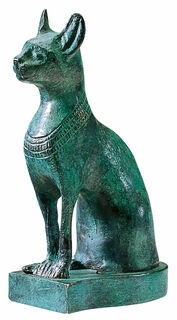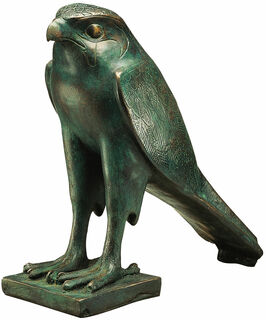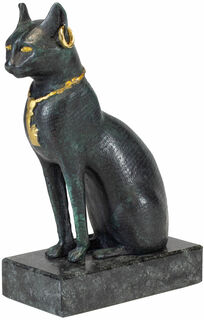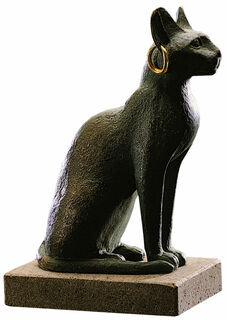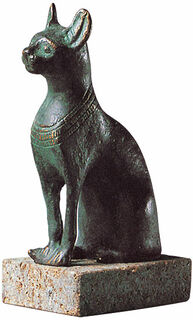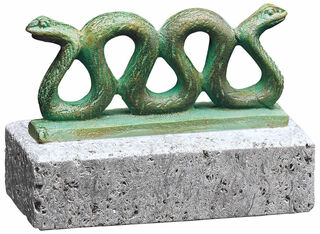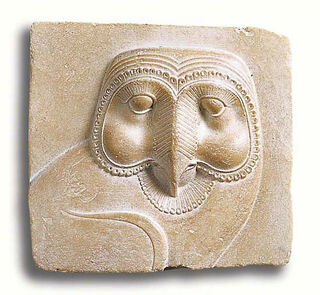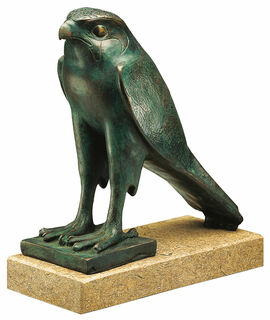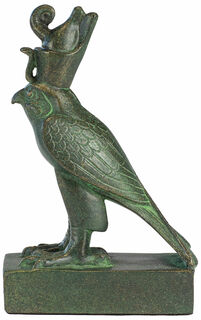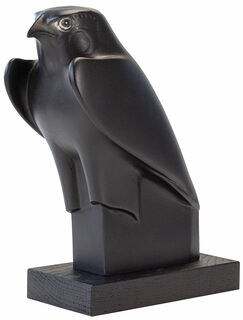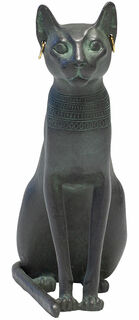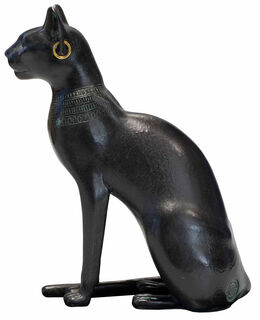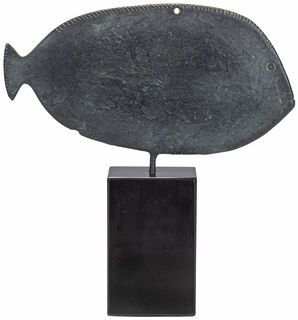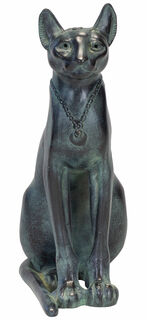Egypt
Fascination of Ancient Egypt
The epoch of the Ancient Egyptians, which began more than five thousand years ago, had a decisive influence on the development of humankind. It produced many significant cultural and scientific achievements as well as impressive monumental architecture. However, the real fascination emanating from ancient Egypt is primarily based on the fact that this culture, with its pyramids, pharaohs, sphinxes, and mummies, is surrounded by something mysterious and mystical. The allure of ancient Egyptian artifacts to the public can be clearly observed through the popularity of museums and exhibitions featuring ancient Egyptian funerary art, as well as the multitude of visitors who annually explore the archaeological sites along the Nile. The artworks of that time, such as Egyptian statues, reliefs, and paintings, are not only popular for their aesthetics. They also offer an insight into the life of this epoch, as they were important elements of religion, society and politics.
The Art Serving the Rulers and Religion
In Ancient Egypt, an essential function of all the arts - including architecture as well as sculpture and painting - was to express the worship of deities and rulers. Large statues and sculptures served representative purposes and were an expression of power and prestige. However, many artefacts from that time also had a religious significance. According to the beliefs of the Ancient Egyptians, some deities transformed into animals. Consequently, there are many symbolic representations of animals among the sculptures. For example, the god Anubis is depicted as a jackal, the god Horus as a falcon and the goddess Bastet as a cat. Just as important as the representation of gods was the depiction of pharaohs in statues and sculptures. Pharaohs held a distinct status; they were not considered human nor deities. They were rather considered to be on a level between heaven and earth. However, as emissaries and plenipotentiaries of the gods, pharaohs were accorded similar veneration to that of the gods themselves. Alongside pharaohs, female rulers of Ancient Egypt, such as Cleopatra or Nefertiti, were immortalised in art objects. In addition, Egyptian sculptures also depicted other motifs, such as various professions or animals.
In addition to representing gods and rulers, Egyptian sculptures, paintings, and architectural structures also played central roles in religious ceremonies. Statues, in particular, were part of the burial rituals of the Egyptians. According to ancient Egyptian mythology, "Ka", which roughly corresponds to the soul of a deceased person, passed into a statue after death. This statue functioned as a substitute body and lay in the immediate vicinity of the corpse in the tomb. The statue had an important function because in it the Ka could continue to exist and protect the dead.
The Modes of Representation in Egyptian Sculpture
The Ancient Egyptian gods, pharaohs, and other elites were immortalised in both smaller sculptures and monumental statues. They were usually depicted standing or seated, often on a base or in front of a back plate. When sculpting characters, emphasis was placed on depicting the entire body. Generally, statues depicted flawless bodies and faces, as the gods or rulers portrayed were considered faultless. For the most part, the depiction was based on a highly stylised ideal type that had remained for thousands of years. Individual characteristics of the depicted individuals were rarely represented in the sculpture. Overall, the visual arts in Ancient Egypt had developed stylistically largely independent of influences from other cultures. The style, as we know it today, had already developed around 3000 BC and - if one considers the long period of time - remained surprisingly constant.

